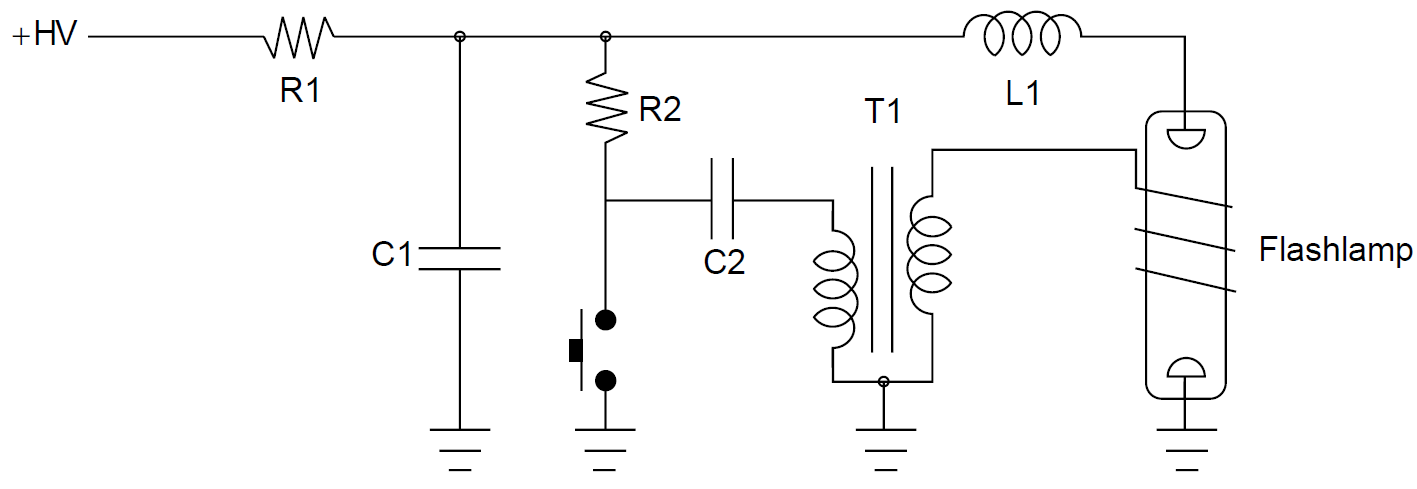
تاريخ الفيزياء

علماء الفيزياء


الفيزياء الكلاسيكية

الميكانيك

الديناميكا الحرارية


الكهربائية والمغناطيسية

الكهربائية

المغناطيسية

الكهرومغناطيسية


علم البصريات

تاريخ علم البصريات

الضوء

مواضيع عامة في علم البصريات

الصوت


الفيزياء الحديثة


النظرية النسبية

النظرية النسبية الخاصة

النظرية النسبية العامة

مواضيع عامة في النظرية النسبية

ميكانيكا الكم

الفيزياء الذرية

الفيزياء الجزيئية


الفيزياء النووية

مواضيع عامة في الفيزياء النووية

النشاط الاشعاعي


فيزياء الحالة الصلبة

الموصلات

أشباه الموصلات

العوازل

مواضيع عامة في الفيزياء الصلبة

فيزياء الجوامد


الليزر

أنواع الليزر

بعض تطبيقات الليزر

مواضيع عامة في الليزر


علم الفلك

تاريخ وعلماء علم الفلك

الثقوب السوداء


المجموعة الشمسية

الشمس

كوكب عطارد

كوكب الزهرة

كوكب الأرض

كوكب المريخ

كوكب المشتري

كوكب زحل

كوكب أورانوس

كوكب نبتون

كوكب بلوتو

القمر

كواكب ومواضيع اخرى

مواضيع عامة في علم الفلك

النجوم

البلازما

الألكترونيات

خواص المادة


الطاقة البديلة

الطاقة الشمسية

مواضيع عامة في الطاقة البديلة

المد والجزر

فيزياء الجسيمات


الفيزياء والعلوم الأخرى

الفيزياء الكيميائية

الفيزياء الرياضية

الفيزياء الحيوية

الفيزياء العامة


مواضيع عامة في الفيزياء

تجارب فيزيائية

مصطلحات وتعاريف فيزيائية

وحدات القياس الفيزيائية

طرائف الفيزياء

مواضيع اخرى
POWER SUPPLIES (Ruby Lasers)
المؤلف:
Mark Csele
المصدر:
FUNDAMENTALS OF LIGHT SOURCES AND LASERS
الجزء والصفحة:
p299
11-4-2016
2615
POWER SUPPLIES (Ruby Lasers)
Ruby lasers are almost always pulsed, with only a few research lasers operated in CW mode (and these require extreme cooling); flash lamp pumping is hence the rule for ruby lasers. Being a three-level system, pumping thresholds are quite high, with pump energies of 1000 J or more common in ruby lasers. Often, the flash lamps used with ruby lasers are helical in shape, with the ruby rod at the center of the helix. Helical flash lamps have a comparatively larger volume than linear flash lamps, so can handle the higher energies required for this laser (as opposed to the YAG, which has much lower thresholds and hence usually uses smaller lamps).
A flash lamp is designed to produce an intense pulse of light, usually in a short time frame ranging from microseconds to 1 ms. The lamp itself consists of a glass tube filled with low-pressure (about 450 torr) xenon gas. Electrodes at either end of the glass tube deliver current to the lamp, and triggering is accomplished either by applying an external high-voltage pulse to the surface of the glass tube or superimposing a high-voltage pulse across the main terminals in the same manner that HeNe tubes are ignited. When the lamp fires, it exhibits a very low resistance consuming all energy from the storage capacitor, producing an intense pulse of light in the process, the spectra of the light emitted being characteristic of the gas used. In the case of ruby, xenon is used since the output is rich in blue light, which is readily absorbed by ruby. Figure 1.1 shows the circuit for a typical flash lamp discharge circuit; all flash lamps, including photographic types, are quite similar in design. Capacitor C1 charges with energy from the power supply until reaching the terminal voltage, usually between 500 and 1000 V. This voltage is present across the flash lamp, but the lamp does not ignite, since the voltage is not sufficient to cause the gas inside to ionize and conduct current. In this particular circuit a trigger pulse of between 4 and 10 kV is applied externally to the glass envelope (via a wire wrapped around the lamp) to ionize gas in the tube and initiate the discharge. To generate the high voltage trigger pulse capacitor C2, a relatively small capacitance, charges from the main power supply through R2 and through the primary of the trigger transformer T1 itself. When the pushbutton is pressed, the left side of C2 is grounded and current flows through the primary of T1. Being a step-up transformer, a high potential

Figure 1.1. Flash lamp circuit.
appears across the secondary of T1 sufficient to ionize gas in the lamp. Once the lamp is ionized, current flows from the main storage capacitor, C1, through inductor L1, which helps form the pulse into one suitable for the lamp in what is called a critically damped LC circuit, and through the lamp, producing an intense pulse of pump light. When the capacitor has dumped all energy into the lamp, the voltage across the lamp falls to a level insufficient to sustain discharge and the discharge current through the lamp ceases. The capacitor then recharges again for the next pulse.
The external triggering method shown is used with most air-cooled flash lamps, including photographic types as well as lasers, with a very limited firing rate (e.g., one pulse each 10 s). Larger ruby lasers often use water-cooled flash lamps, in which the lamp and rod are both bathed in deionized water for cooling, with deionized water used since it is an insulator and the lamp electrodes are often immersed in cooling water. This somewhat precludes the use of external triggering, so series triggering in which the secondary winding of a trigger transformer inserted into the anode lead is used for water-cooled lamps.
 الاكثر قراءة في مواضيع عامة في الليزر
الاكثر قراءة في مواضيع عامة في الليزر
 اخر الاخبار
اخر الاخبار
اخبار العتبة العباسية المقدسة

الآخبار الصحية















 قسم الشؤون الفكرية يصدر كتاباً يوثق تاريخ السدانة في العتبة العباسية المقدسة
قسم الشؤون الفكرية يصدر كتاباً يوثق تاريخ السدانة في العتبة العباسية المقدسة "المهمة".. إصدار قصصي يوثّق القصص الفائزة في مسابقة فتوى الدفاع المقدسة للقصة القصيرة
"المهمة".. إصدار قصصي يوثّق القصص الفائزة في مسابقة فتوى الدفاع المقدسة للقصة القصيرة (نوافذ).. إصدار أدبي يوثق القصص الفائزة في مسابقة الإمام العسكري (عليه السلام)
(نوافذ).. إصدار أدبي يوثق القصص الفائزة في مسابقة الإمام العسكري (عليه السلام)


















